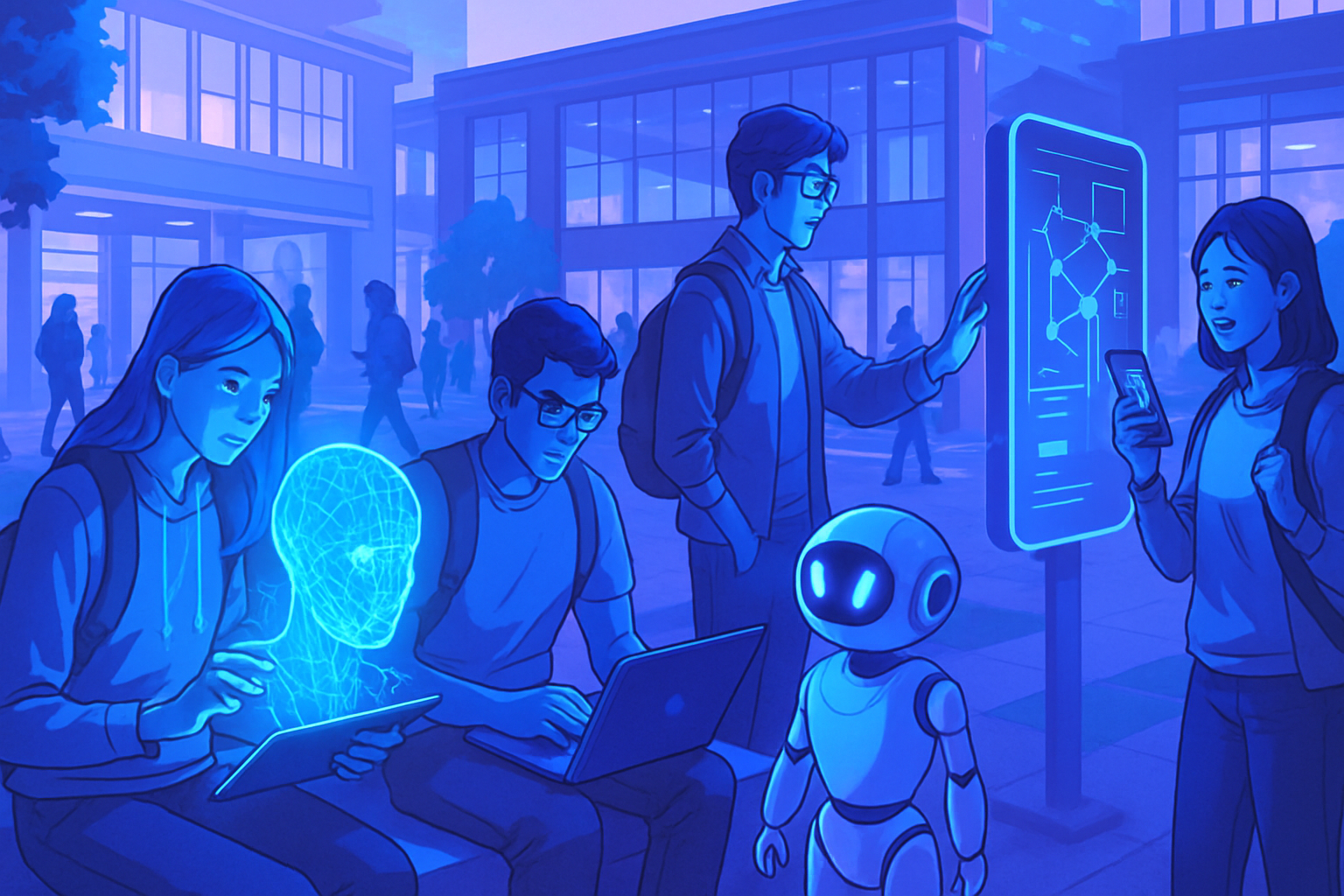The recent advances in artificial intelligence are revolutionizing the study of ancient texts. The analysis of the Dead Sea Scrolls allows for unprecedented precision in evaluating their chronology. Thanks to sophisticated algorithms, renewed age estimates are emerging, sparking intense academic debates.
Specialists benefit from technology that challenges long-held assumptions. The collaboration between history and science offers new perspectives on humanity’s cultural heritage. This intersection stimulates interest in a past full of mysteries and enigmas.
A significant advance in the age estimation of the scrolls
Recently, the use of artificial intelligence has enabled an in-depth analysis of the famous Dead Sea Scrolls. These manuscripts, discovered between 1947 and 1956, continue to fascinate researchers due to their historical and religious richness. With sophisticated algorithms, experts have refined the dating estimates of these samples, thus offering a new perspective on their origin.
The analysis techniques applied
Researchers have relied on machine learning models to examine the writing styles and ceramics associated with the scrolls. This method enables the identification of patterns and stylistic characteristics, often inaudible to the naked eye. By analyzing hundreds of ancient documents, AI has been able to establish temporal correlations of unprecedented sophistication, redefining the writing periods of the texts.
The results of the study
The study has yielded more precise age summaries, suggesting that some scrolls might be older than the established religious centers known to historians. The new estimates position the manuscripts within previously unexplored historical contexts. For example, some documents could date back to the 3rd century BCE, providing insight into the beliefs and religious practices of an era preceding the canonical texts.
Impact on the history of ancient writings
This advance paves the way for significant revisions of the narratives surrounding the formation of Judaism and Christianity. The Dead Sea Scrolls, often perceived as isolated artifacts, can now be recontextualized within a much broader historical framework. New research avenues are opening up, where the interaction between various religious and cultural currents deserves further exploration.
Future perspectives
The use of artificial intelligence in the field of archaeology and history is just beginning. These results encourage the analysis of new sites and artifacts using the same technology. Other discoveries could enrich the understanding of ancient civilizations and their writings, painting a more complex and nuanced panorama of human interactions.
Frequently asked questions
What is an AI analysis of ancient writings and how does it work?
An AI analysis of ancient writings uses machine learning algorithms to examine historical texts, including those of the Dead Sea Scrolls, to identify patterns, styles, and other features that help estimate their age.
Why are the Dead Sea Scrolls important for the study of ancient writing?
The Dead Sea Scrolls contain religious and historical texts that are essential for understanding the development of beliefs and practices of the time. Their study also helps shed light on the cultural and linguistic contexts of the era.
How can AI improve the age estimation of the Dead Sea Scrolls?
AI analyzes elements such as typography, writing style, and encodings to establish comparisons with other known texts. This allows for fine-tuning age estimates based on objective data.
What are the limits of AI analysis in estimating the age of ancient documents?
The limitations include the quality of input data, potential biases in the algorithms, and the interpretation of results, which depends on historical and linguistic contexts.
Can AI analysis replace traditional methods of examining the scrolls?
While AI analysis offers advantages in speed and accuracy, it does not replace traditional methods. It is rather used as a complement to enhance existing research.
What recent results have been obtained using AI for the Dead Sea Scrolls?
Recent studies have allowed for more precise identification of the dates of composition for certain scrolls, recalibrating previous estimates based solely on visual analyses.
What is the impact of these new estimates on historical research?
These new estimates help to better understand the historical and cultural context in which these writings were produced, thereby influencing academic and theological interpretations.
Are specific institutions or researchers using this technology to study the scrolls?
Yes, several museums and universities around the world, such as the Israel Museum and various academic research centers, have integrated AI into their projects analyzing the Dead Sea Scrolls.
Are the results from AI accessible to the general public?
Many results are published in scientific journals and conferences, but access for the general public may vary depending on the institutions and ongoing research projects.






